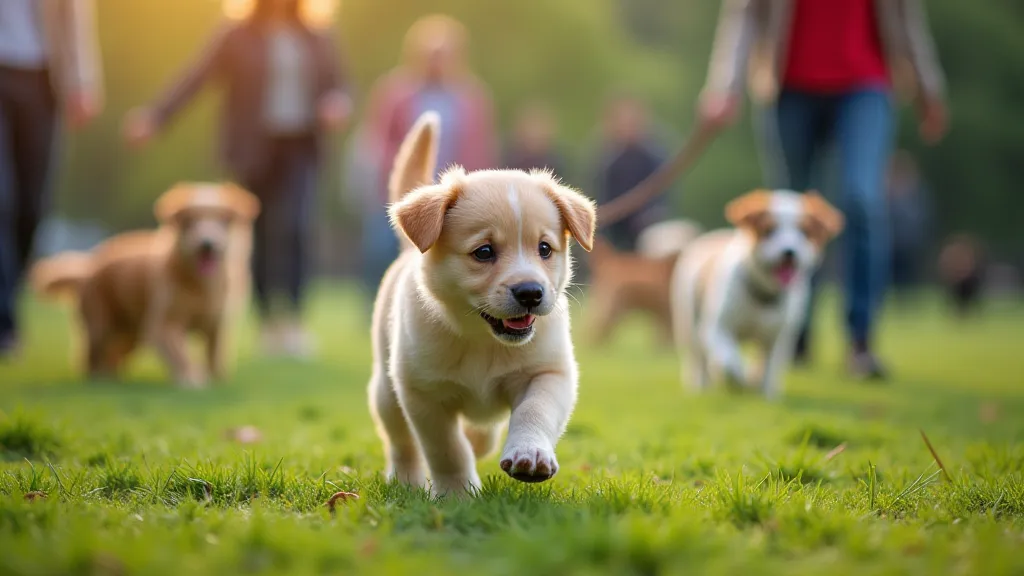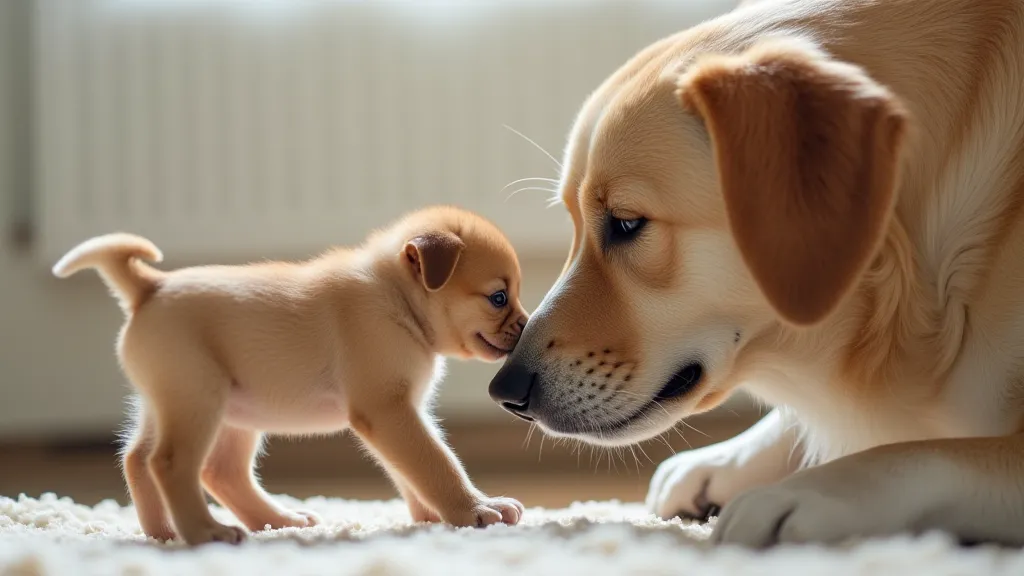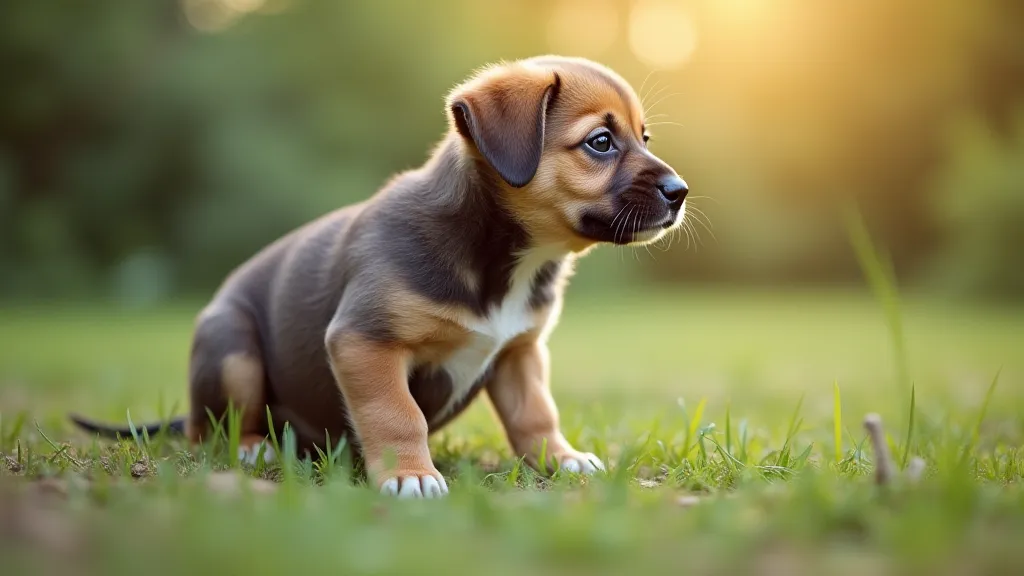The Ultimate Guide to Puppy Socialization: Setting Your Pup Up for Success
Bringing a new puppy home is an exciting time! But beyond the cuddles and playtime, a critical element for a happy, well-adjusted dog is proper socialization. This isn’t just about letting your puppy meet a few other dogs; it’s a carefully managed process that shapes their behavior and sets the foundation for a lifetime of confidence and good manners. This guide will break down what socialization is, when it's most crucial, and how to do it safely and effectively.
What is Socialization?
Socialization is the process of exposing your puppy to a variety of sights, sounds, people, animals, and experiences in a positive and controlled manner. The goal is to help them become comfortable and confident in different situations, minimizing the likelihood of fear or aggression later in life. It's about teaching them how to react to new things – calmly and appropriately – rather than avoiding them altogether. Socialization is a cornerstone of responsible dog ownership, and understanding its principles can dramatically improve your dog’s quality of life. A poorly socialized dog may exhibit anxiety, aggression, or excessive fear, impacting their ability to enjoy walks, interact with other dogs, and be a confident companion.
The Critical Socialization Window
Puppies have a crucial socialization window, typically between 3 and 16 weeks of age. During this time, their brains are particularly receptive to new experiences. Exposing them to a wide range of stimuli during this window helps them develop into well-adjusted adults. While socialization can continue beyond 16 weeks, the impact is significantly less profound. It’s vital to understand this timeline and prioritize socialization during this period. This early stage is so critical because a puppy’s brain is forming associations with the world around them. Positive experiences during this window create lasting positive impressions, while negative experiences can lead to lasting fears and anxieties. Careful planning and a supportive environment are key to maximizing the benefits of this window. Consider how introducing various sounds and sights during this time can contribute to a well-adjusted pup; some breeds may benefit from targeted introductions to help them thrive – exploring resources like Border Collie insights might be useful for those breeds.

Safe Socialization Environments
Safety is paramount. Avoid overwhelming your puppy. Start with controlled environments and gradually introduce them to more stimulating situations. Here’s a breakdown:
- Home: Begin with familiar sights and sounds within your home. Let them explore at their own pace.
- Your Yard: Introduce them to your yard, allowing them to investigate plants, sounds, and possibly even neighborhood cats (from a safe distance).
- Quiet Walks: Short, quiet walks around the neighborhood are a great way to expose them to new sights and sounds. These walks offer a gentle introduction to the world outside your home, allowing your puppy to acclimate to traffic sounds, pedestrian activity, and different smells.
- Puppy Classes: Puppy classes are an excellent, supervised environment to interact with other puppies and a qualified trainer. Ensure the class emphasizes positive reinforcement and doesn’t force interaction. Finding a reputable class can be challenging, so be sure to research instructors and observe a session before enrolling. It’s a crucial step in providing a foundation for good manners and understanding canine behavior and communication.
- Controlled Introductions: Introduce them to adult dogs that are known to be friendly and tolerant. Understanding decoding dog body language is crucial during these interactions to ensure a positive experience for all involved. Recognizing subtle cues can help you intervene before a situation escalates.
Introducing Your Puppy to People
People come in all shapes, sizes, and appearances! Exposure to a diverse group of people is essential. It's important to consider how different appearances – like hats, glasses, or facial hair – might initially impact a young puppy. The more varied the experiences, the better prepared your puppy will be for real-world interactions. Remember that early exposure to different environments contributes significantly to overall confidence and helps avoid reactivity later on.
- Friends & Family: Have friends and family members of all ages interact with your puppy.
- Strangers (Controlled): Have strangers approach your puppy calmly and offer a gentle greeting. Don't force interaction. Let your puppy approach at their own pace.
- Different Appearances: It’s important to expose your puppy to people with different hairstyles, wearing hats, glasses, or facial hair.

Introducing Your Puppy to Animals
Carefully controlled introductions to other animals are crucial. Think about the environment and other factors that may impact the interaction. For example, certain breeds may have innate tendencies towards certain animals. Pay close attention to body language during these interactions, and don't hesitate to end a meeting if your puppy seems stressed.
- Supervised Interactions: Always supervise interactions between your puppy and other animals.
- Start Slow: Begin with brief, controlled introductions.
- Positive Reinforcement: Reward both your puppy and the other animal for calm and positive behavior.
- Avoid Forcing Interaction: If either animal shows signs of stress or discomfort, separate them immediately.
Recognizing Signs of Stress
It’s crucial to be able to recognize signs of stress in your puppy during socialization. These signs can include:
- Tucked Tail: A sign of fear or anxiety.
- Flattened Ears: Another indication of fear or discomfort.
- Lip Licking: A subtle sign of stress.
- Yawning: Can be a displacement behavior indicating anxiety.
- Trying to Hide: A clear indication they are overwhelmed.
- Whale Eye: Showing the whites of their eyes can indicate discomfort or anxiety.
- Panting (when not hot): Can be a sign of stress or fear.
- Freezing/Stiffness: A puppy that freezes or becomes stiff in a new situation might be feeling overwhelmed.

Breed Considerations and Socialization
While the principles of socialization remain the same for all puppies, different breeds may require slightly different approaches. For instance, a herding breed like a Border Collie might be particularly sensitive to movement and require a gradual introduction to busy environments. Similarly, a Labrador Retriever, known for its friendly nature, still needs proper socialization to ensure they remain well-adjusted and confident around people and other animals. Understanding your puppy’s breed predispositions can help you tailor your socialization plan for optimal results. Consider breed-specific challenges and how to proactively address them during the socialization window.
Beyond the Basics: Expanding Your Puppy’s World
Once your puppy has successfully navigated the initial socialization window, consider expanding their experiences. This might include introducing them to different surfaces (grass, pavement, sand), noises (thunderstorms, fireworks - safely and from a distance), and transportation methods (car rides, short train journeys). Remember to always prioritize positive experiences and avoid overwhelming your puppy. Focus on creating a foundation of confidence and resilience that will serve them well throughout their lives. Exposure to a wide range of sensory experiences can significantly contribute to a well-rounded and confident adult dog.
The Importance of Ongoing Socialization
Socialization isn't a one-and-done process. While the critical socialization window occurs between 3 and 16 weeks, continued exposure to new experiences throughout your dog’s life is crucial. Regular walks in different environments, interactions with well-socialized dogs, and even short trips to pet-friendly stores can help maintain your dog’s confidence and adaptability. A well-socialized dog is a happy and well-adjusted companion for years to come.





